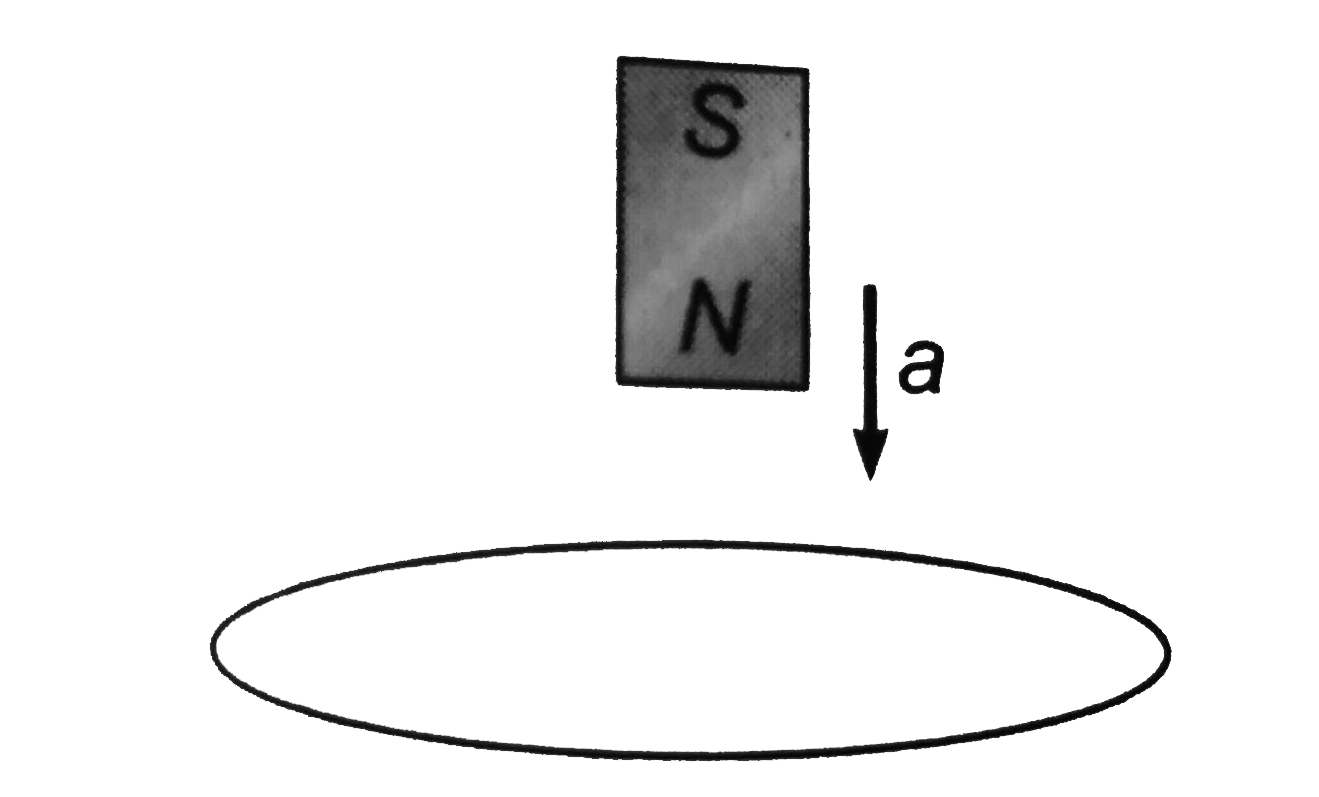Assertion : In the case of free fall of the lift, the man will feel weightlessness.
Reason : In free fall, acceleration of lift is equal to acceleration due to gravity.
If both Assertion & Reason are true and the reason is the correct explanation of the assertion
If both Assertion & Reason are true but the reason is not the correct explanation of the assertion
If Assertion is true statement but Reason is false
If both Assertion and Reason are false statements
To solve the question, we need to analyze the assertion and the reason provided.
Step 1: Understanding the Assertion
The assertion states that "In the case of free fall of the lift, the man will feel weightlessness."
- Explanation: When a lift is in free fall, it is accelerating downwards at the same rate as the acceleration due to gravity (approximately 9.8 m/s²). In this scenario, the man inside the lift does not experience any normal force acting on him from the lift floor because both he and the lift are falling together at the same rate. This results in the sensation of weightlessness.
Step 2: Understanding the Reason
The reason states that "In free fall, the acceleration of the lift is equal to the acceleration due to gravity."
- Explanation: This statement is correct. When the lift is in free fall, it accelerates downwards at 9.8 m/s², which is the same as the acceleration due to gravity. This is the condition that leads to the sensation of weightlessness for the man inside the lift.
Step 3: Analyzing the Relationship
Now, we need to determine if the reason correctly explains the assertion.
- While both the assertion and the reason are true, the reason does not provide a complete explanation of why the man feels weightlessness. The assertion is about the sensation of weightlessness, while the reason only states the condition of acceleration without explaining how it leads to the sensation of weightlessness.
Conclusion
Both the assertion and the reason are true, but the reason does not adequately explain the assertion. Therefore, the correct answer is that both statements are true, but the reason is not the correct explanation for the assertion.
Final Answer
Assertion: True
Reason: True
Correct Option: Assertion and Reason are both true, but Reason is not the correct explanation of Assertion.
---
The assertion states that "In the case of free fall of the lift, the man will feel weightlessness."
The reason states that "In free fall, the acceleration of the lift is equal to the acceleration due to gravity."
Now, we need to determine if the reason correctly explains the assertion.
Both the assertion and the reason are true, but the reason does not adequately explain the assertion. Therefore, the correct answer is that both statements are true, but the reason is not the correct explanation for the assertion.
Assertion: True
Reason: True
Correct Option: Assertion and Reason are both true, but Reason is not the correct explanation of Assertion.
Topper's Solved these Questions
- LAWS OF MOTIONBOOK - AAKASH INSTITUTE ENGLISHCHAPTER - LAWS OF MOTIONEXERCISE - Assignment (SECTION-C)
63 Videos
- KINETIC THEORYBOOK - AAKASH INSTITUTE ENGLISHCHAPTER - KINETIC THEORYEXERCISE - EXERCISE (ASSIGNMENT) SECTION - D Assertion - Reason Type Questions
10 Videos
- MAGNETISM AND MATTER BOOK - AAKASH INSTITUTE ENGLISHCHAPTER - MAGNETISM AND MATTER EXERCISE - ASSIGNMENT (SECTION D)
26 Videos
Similar Questions
Assertion :− In projectile motion a particle is projected at some angle from horizontal. At highest point of its path radius of curvature is least.
At highest point of path normal acceleration of projectile is equal to acceleration due to gravity.
View SolutionWhat is the acceleration of free fall?
View Solution
Knowledge Check
Assertion : For a free falling object, the next external force is just the weight of the object .
Reason : In this case the downward acceleration of the object is equal to the acceleration due to gravity.AIf both assertion and reason are true and reason is the correct explanation of assertionBIf both assertion and reason are truebut reason is not the correct explanation of assertionCIf assertion is true but reason is falseDIf both assertion and reason are false.Assertion : An object may fall with a constant velocity.
Reason : This happens when acceleration of the object is equal to acceleration due to gravity.ABoth assertion and reason are true and reason is the correct explanation of assertion.BBoth assertion and reason are true but reason is not the correct explanations of assertion.CAssertion is true but reason is false.DBoth assertion and reason is false
Assertion : If a pendulum falls freely, then its time period becomes infinite.
Reason : Free falling body has acceleration, equal to 'g'.
View SolutionA man in a lift feels an apparent weight W when the lift is moving up with a uniform acceleration of 1/3rd of the acceleration due to gravity. If the same man were in the same lift now moving down with a uniform acceleration that is 1/2 of the acceleration due to gravity, then his apparent weight is
View SolutionAssertion : In a freely falling liquid container, upthrust force is zero.
Reason : In freely falling case value of effective value of g is zero.
View SolutionIf radius of the earth is 6347 km, then what will be difference between acceleration of free falls and acceleration due to gravity near the earth's surface?
View SolutionA bar magnet is freel falling along the axis of a circular loop as shown in Figure. State whether its acceleration a is equal to greater than or less than the acceleration due to gravity g.

View SolutionA planet has a mass of eight time the mass of earth and denisity is also equal to eight times a the average density of the earth. If g be the acceleration due to earth's gravity on its surface, then acceleration due to gravity on planet's surface will be
View Solution
